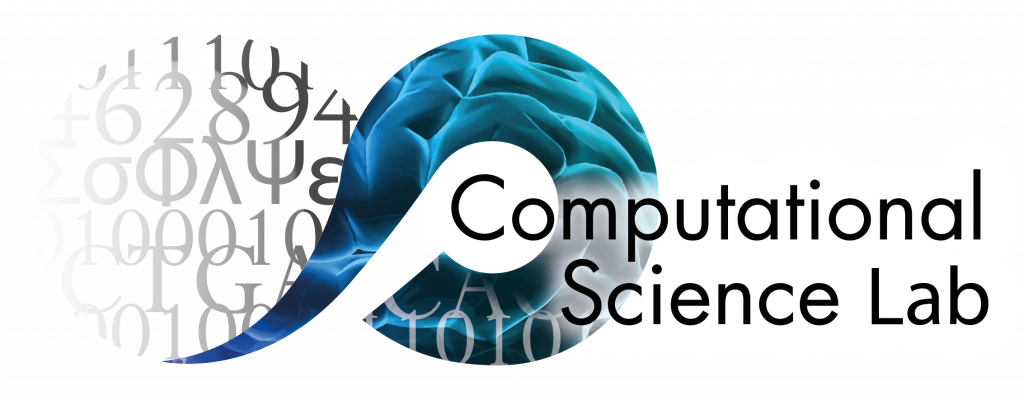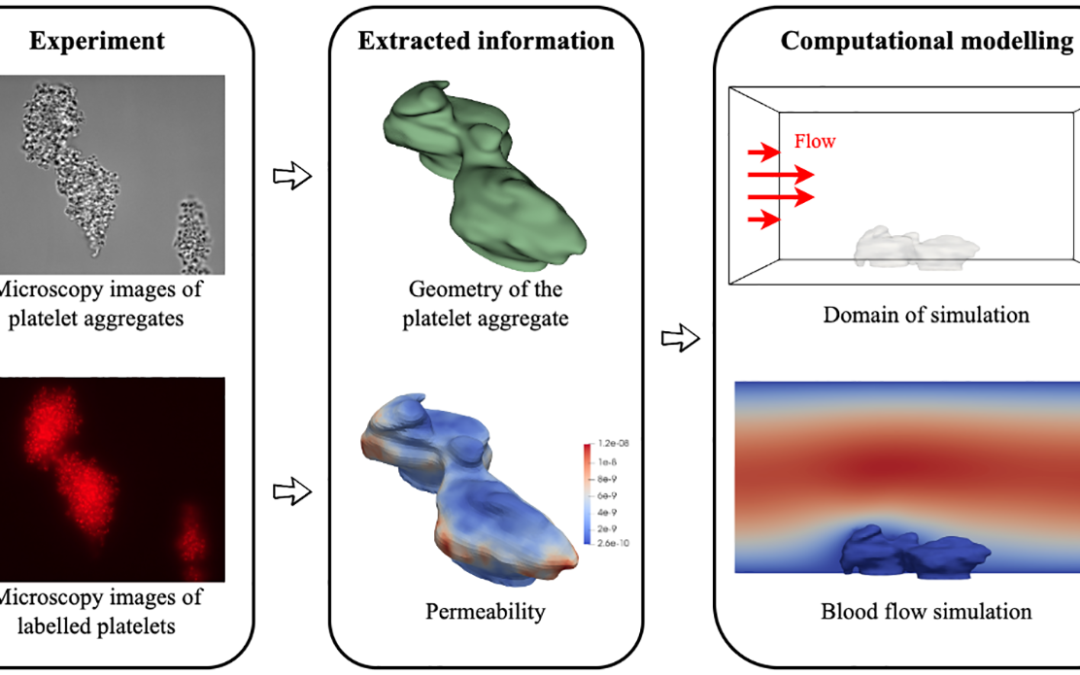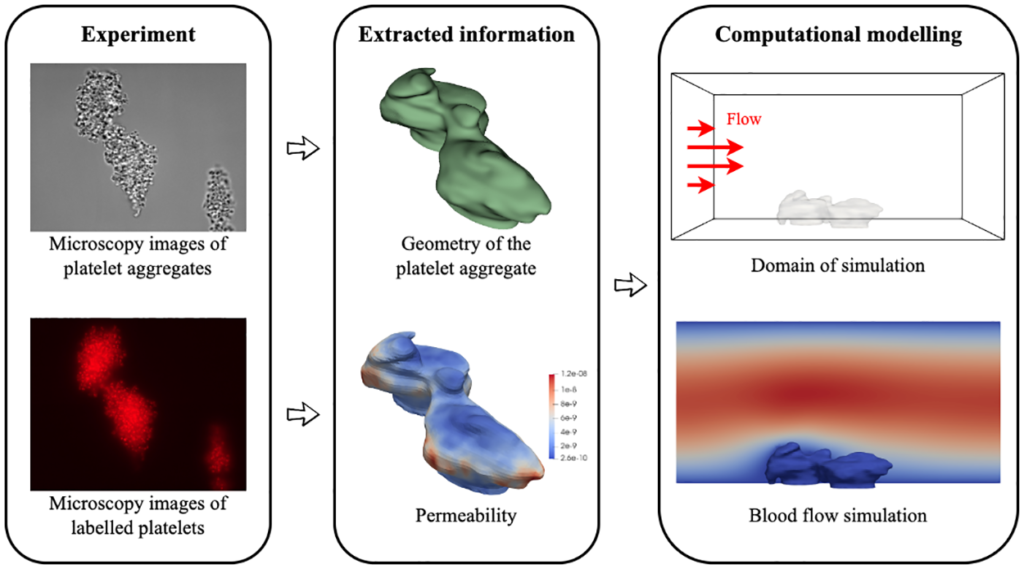Yue Hao, Gábor Závodszky & Alfons Hoekstra have published a new paper in PLOS Computational Biology on building image based simulations of platelet aggregates.
Hemodynamics is crucial for the activation and aggregation of platelets in response to flow-induced shear. In this paper, a novel image-based computational model simulating blood flow through and around platelet aggregates is presented. The microstructure of aggregates was captured by two different modalities of microscopy images of in vitro whole blood perfusion experiments in microfluidic chambers coated with collagen. One set of images captured the geometry of the aggregate outline, while the other employed platelet labelling to infer the internal density. The platelet aggregates were modelled as a porous medium, the permeability of which was calculated with the Kozeny-Carman equation. The computational model was subsequently applied to study hemodynamics inside and around the platelet aggregates. The blood flow velocity, shear stress and kinetic force exerted on the aggregates were investigated and compared under 800 s−1, 1600 s−1 and 4000 s−1 wall shear rates. The advection-diffusion balance of agonist transport inside the platelet aggregates was also evaluated by local Péclet number. The findings show that the transport of agonists is not only affected by the shear rate but also significantly influenced by the microstructure of the aggregates. Moreover, large kinetic forces were found at the transition zone from shell to core of the aggregates, which could contribute to identifying the boundary between the shell and the core. The shear rate and the rate of elongation flow were investigated as well. The results imply that the emerging shapes of aggregates are highly correlated to the shear rate and the rate of elongation. The framework provides a way to incorporate the internal microstructure of the aggregates into the computational model and yields a better understanding of the hemodynamics and physiology of platelet aggregates, hence laying the foundation for predicting aggregation and deformation under different flow conditions.
For more details follow the link here.


